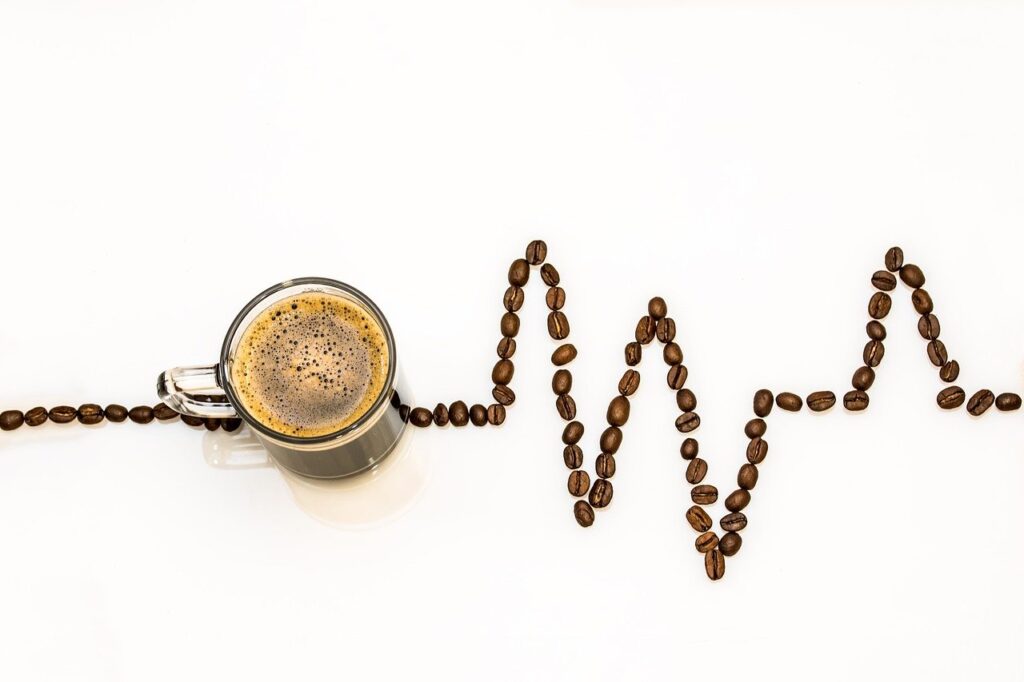The moment you open your eyes to start the day, the first thought that comes to your mind will be having your first sip of coffee. Having the delicious flavour explode in your mouth is the best part of waking up. It keeps you awake, giving you the energy to start your day right.
Imagine sitting comfortably in your favourite seat, having a steaming hot cup of coffee right in front of you, or your fingers running along that smooth surface of your favourite mug while taking sips, staring out the window – the start of the days’ worries melting away, enjoying the warm sunlight that floats gently around the house.
For every coffee-lover, nailing that one perfect cup of coffee would give you a sense of achievement, and you won’t likely ever go back to drinking the nasty ones. So if you’re looking to get the most out of your coffee machine, make sure you keep these seven secrets to a perfect cup of coffee in mind.
Table of Contents
Secrets behind the Perfect Cup of Coffee
It’s no secret that having the perfect cup of coffee requires the three most important elements – the right water temperature, the right beans, and the right brew. It’s quite tempting to throw your ground beans into a coffee machine and walk away to work on other stuff, but it’s unlikely to produce the results that you are hoping for.
Here are seven highlights of the perfect cup of coffee:
1. Buy Fresh Coffee Beans
Many people always have a hard time finding fresh, roasted beans. After all, finding the right beans is just like finding your perfect soulmate to spend the rest of your life with.
Start by checking your local coffee shops – you’ll definitely be able to get the absolute freshest beans. Most of their beans are packaged and sold in sturdy, vacuum-sealed bags. Remember, days after the beans have been roasted, they reach their peak flavour and should be consumed within a month of the roasting date.
2. Storing Coffee Beans
Air, moisture, heat, and light – these elements are the greatest causes of speeding up the staling process of your beans. Always store your opened coffee beans in an airtight container. Avoid using clear canisters to store your beans, as light will weaken the taste of your coffee.
Ensure your beans are stored in a dark and cool location to protect the flavour of your beans. Never refrigerate the beans – after all, the moisture in the fridge will damage the quality of the beans quite easily.
3. Grinding your beans
They say grinding coffee needs to be done on the spot, just before brewing them. Grind size and its consistency can make a difference between the perfect cup or an undrinkable mess.
But having a finer ground coffee doesn’t really automatically mean an equally stronger taste – instead it could make the flavour taste more bitter unless that’s what you are aiming for. Don’t worry about failing on your first try. Getting the right size that suits your taste does require some tasting and tweaking.
4. Measure the amount of coffee
Regardless of how the professionals do it, it’s important for you to know the right amount of coffee when you are planning to brew it at home. Start by deciding how much coffee you are planning to make before figuring out your brew ratios.
Another way to get your perfect cup of coffee would be to use the same quantity of coffee per unit of water each time you brew it. Having a set of coffee scales would give you an accurate proportion of ground coffee to hot water.
5. Coffee Filters
A coffee filter helps separate the coffee grounds from your coffee. It also sustains the amount of water that flows through the grounds, determining the amount of flavour that is extracted from your beans.
Each type of coffee filter slightly affects your brewing routine. Therefore, it’s important to rinse or replace your coffee filter when it’s dirty or messy. Leaving a filthy coffee filter can alter the flavour of your brews.
6. Getting the Right temperature
Getting the right water temperature might not be the most exciting thing to think about, but the flavouring of your coffee actually depends on the brewing temperature you have used.
The ideal temperature range for your brewing is between 195 and 205 degrees Fahrenheit. To ensure that your coffee maker is hot enough to run, you can try using a thermometer to measure the temperature. Despite everything, you don’t really want to “burn” the coffee!
7. Use the right quality of water
The quality of the water is often overlooked by many in regards to brewing coffee.
Tap water with chlorine or off-flavours will ruin your pot of coffee. The right quality of water should be clean and fresh just by its taste, smell, and look.
Having fresh, cold water sounds like the best starting point for you to brew your coffee. Be sure to avoid using tap water, as it often has odd tastes or odours that might ruin a good cup of coffee
Well, coffee lovers, what’s your secret to a perfect cup of coffee? Making the perfect cup of coffee does sound stressful, but imagine the taste on your buds when your “just right” cup of coffee is done. There is satisfaction on your face when your caffeine is kicking-in in the morning, especially when thinking about how much experimentation was involved in making the perfect cup of coffee.
Alex is fascinated with “understanding” people. It’s actually what drives everything he does. He believes in a thoughtful exploration of how you shape your thoughts, experience of the world.

